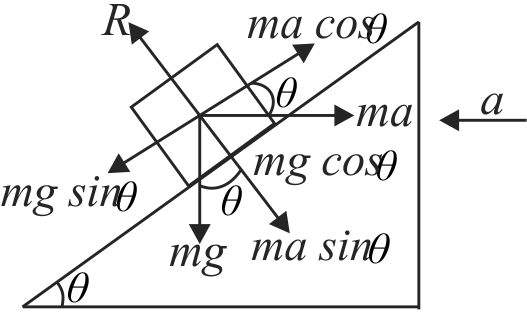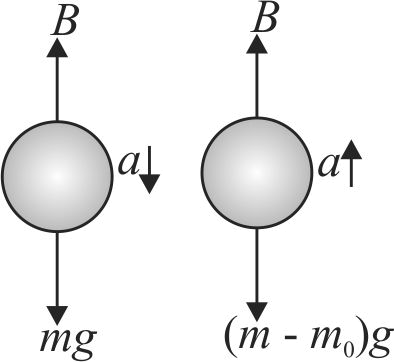363168
Read the Statement - A and Statement - B carefully to mark the correct options given below:
Statement A :
An elevator can go up or down with uniform speed when its weight is balanced with the tension of its cable.
Statement B :
Force exerted by the floor of an elevator on the foot of a person standing on it is more than his/her weight when the elevator goes down with increasing speed.
363168
Read the Statement - A and Statement - B carefully to mark the correct options given below:
Statement A :
An elevator can go up or down with uniform speed when its weight is balanced with the tension of its cable.
Statement B :
Force exerted by the floor of an elevator on the foot of a person standing on it is more than his/her weight when the elevator goes down with increasing speed.
363168
Read the Statement - A and Statement - B carefully to mark the correct options given below:
Statement A :
An elevator can go up or down with uniform speed when its weight is balanced with the tension of its cable.
Statement B :
Force exerted by the floor of an elevator on the foot of a person standing on it is more than his/her weight when the elevator goes down with increasing speed.
363168
Read the Statement - A and Statement - B carefully to mark the correct options given below:
Statement A :
An elevator can go up or down with uniform speed when its weight is balanced with the tension of its cable.
Statement B :
Force exerted by the floor of an elevator on the foot of a person standing on it is more than his/her weight when the elevator goes down with increasing speed.
363168
Read the Statement - A and Statement - B carefully to mark the correct options given below:
Statement A :
An elevator can go up or down with uniform speed when its weight is balanced with the tension of its cable.
Statement B :
Force exerted by the floor of an elevator on the foot of a person standing on it is more than his/her weight when the elevator goes down with increasing speed.

